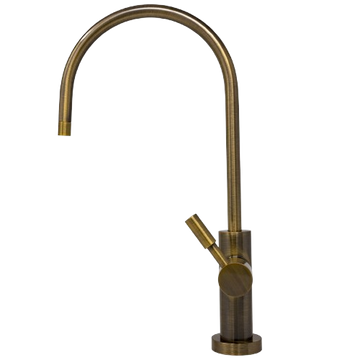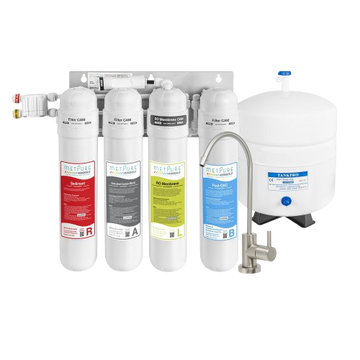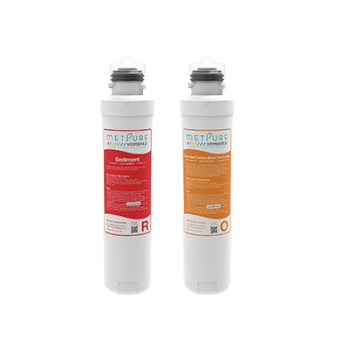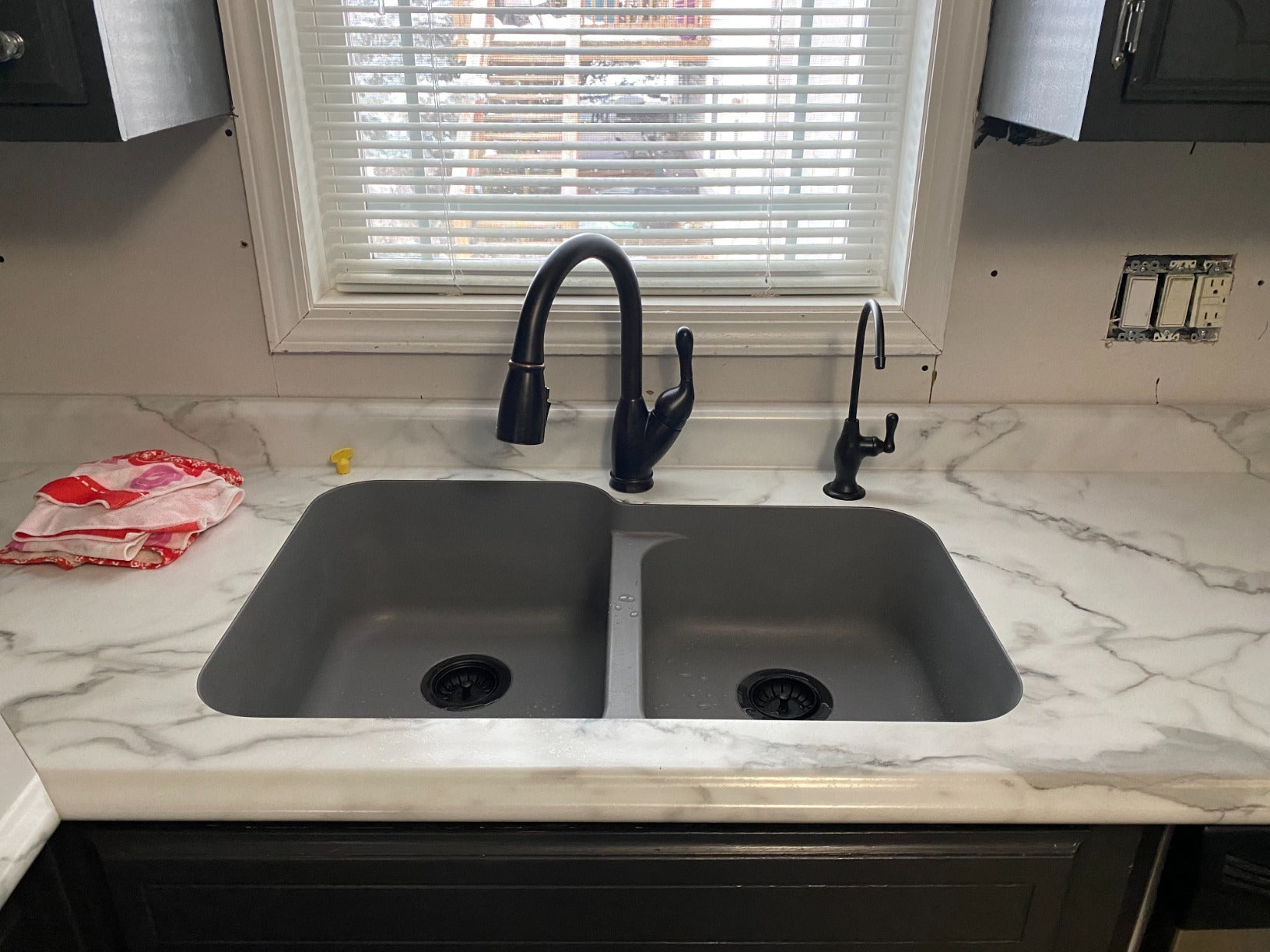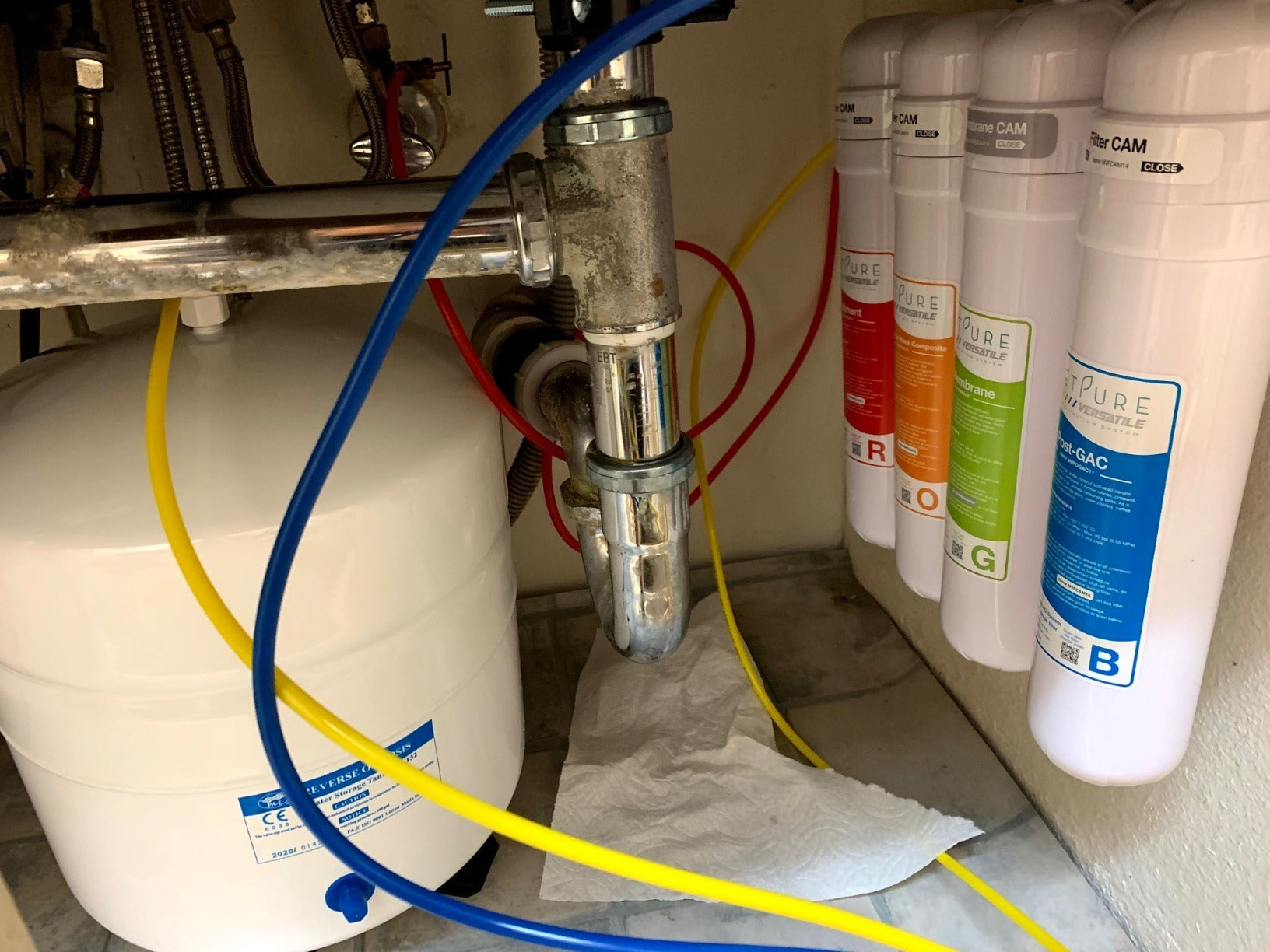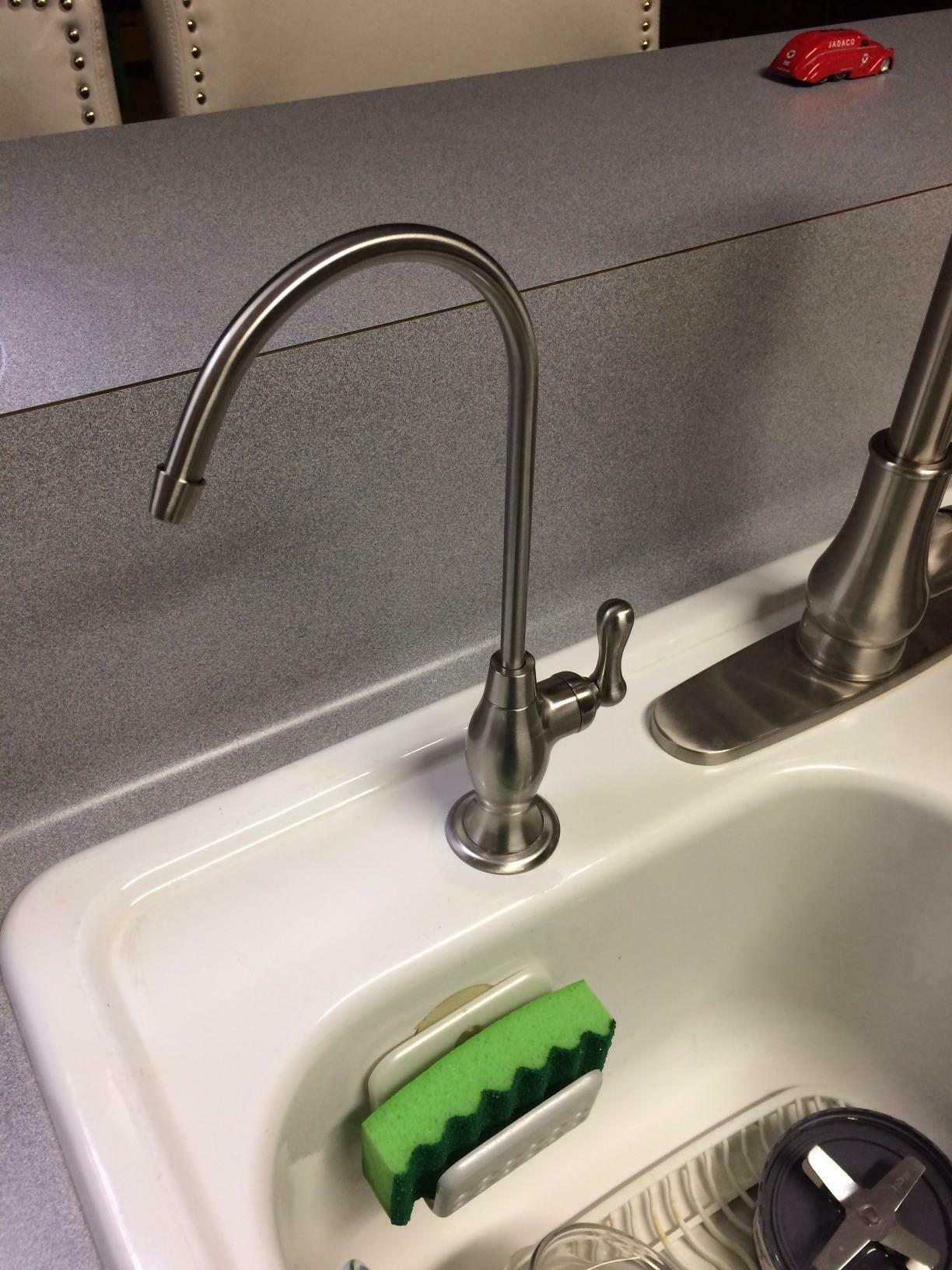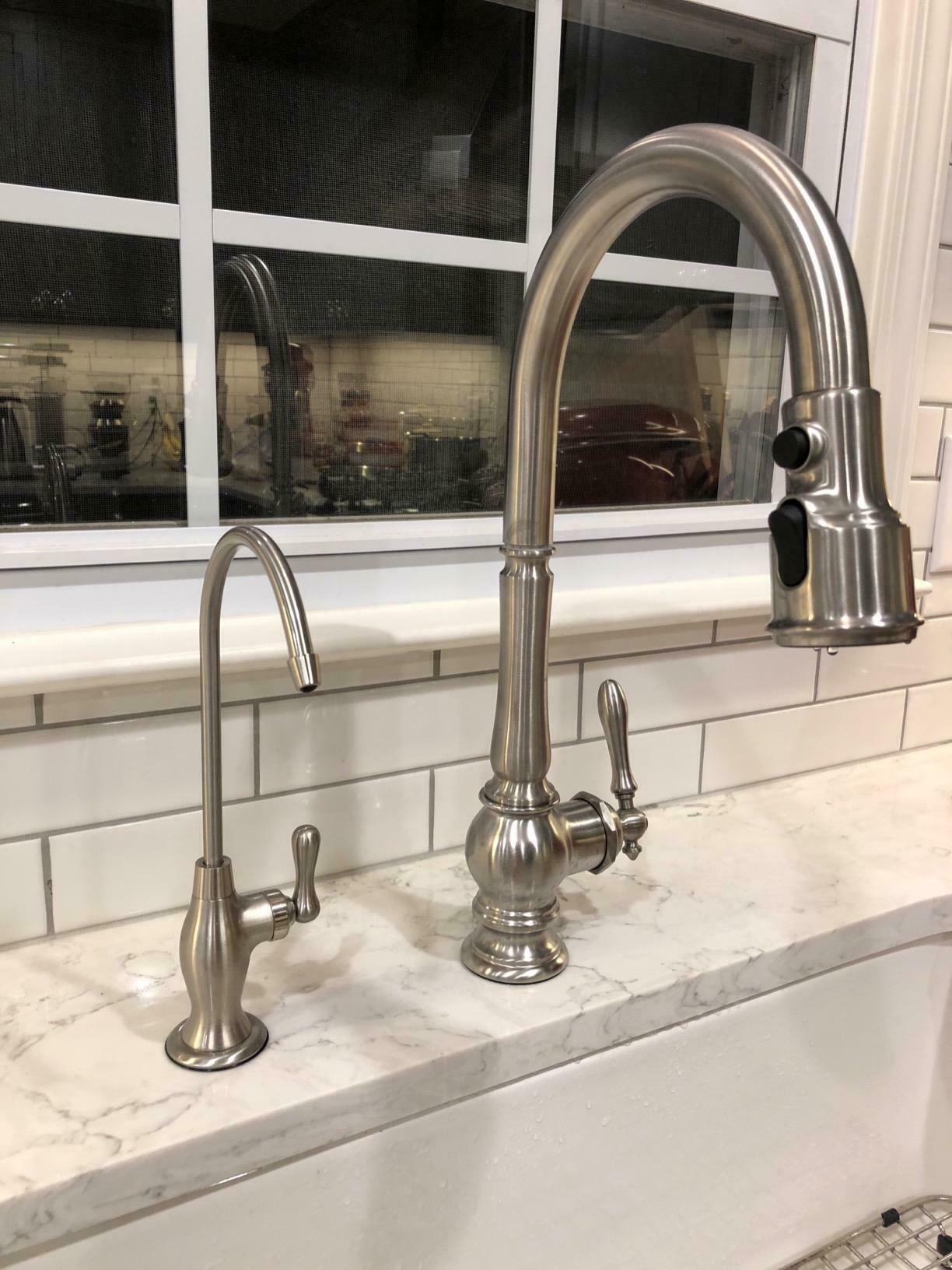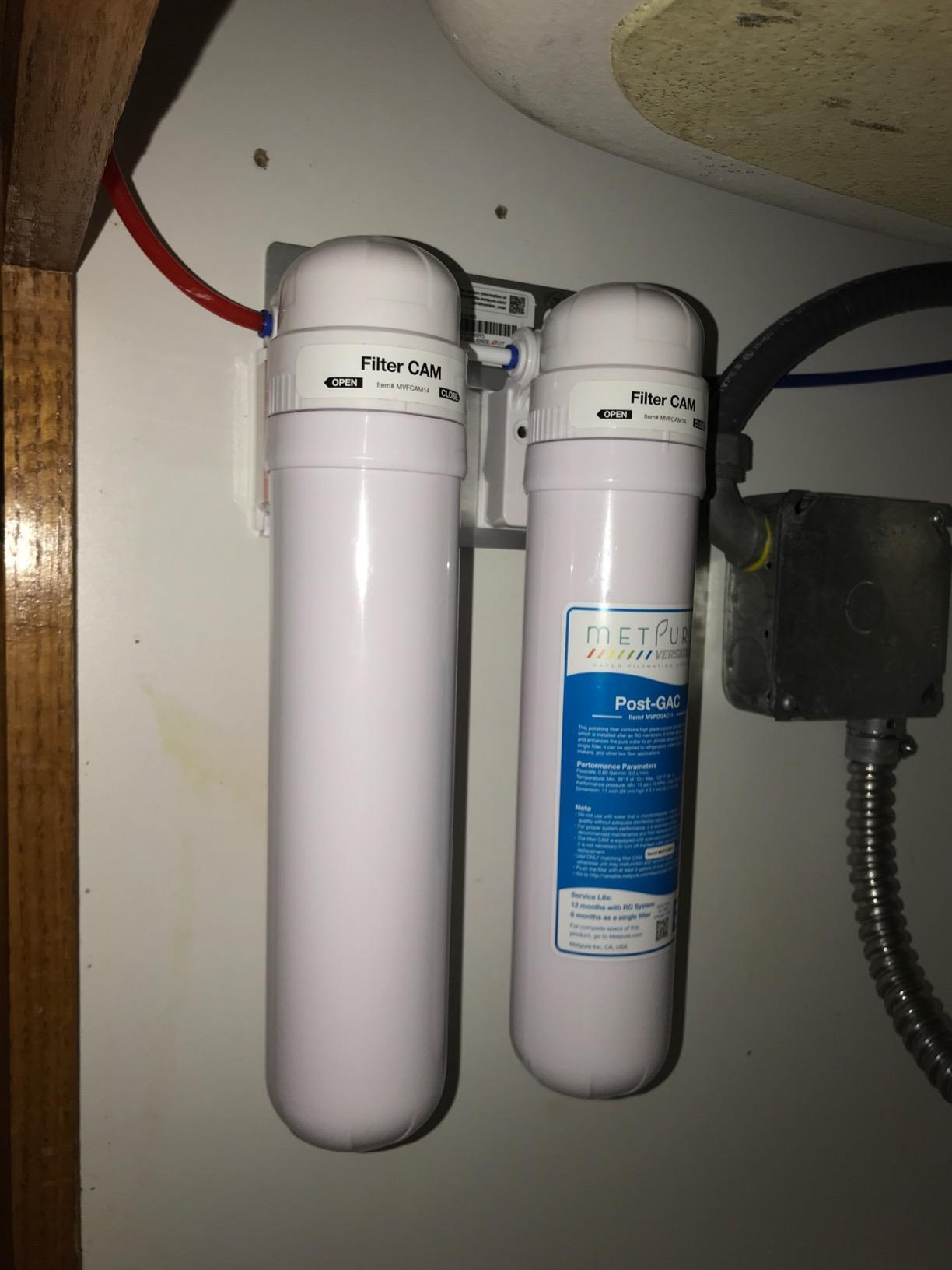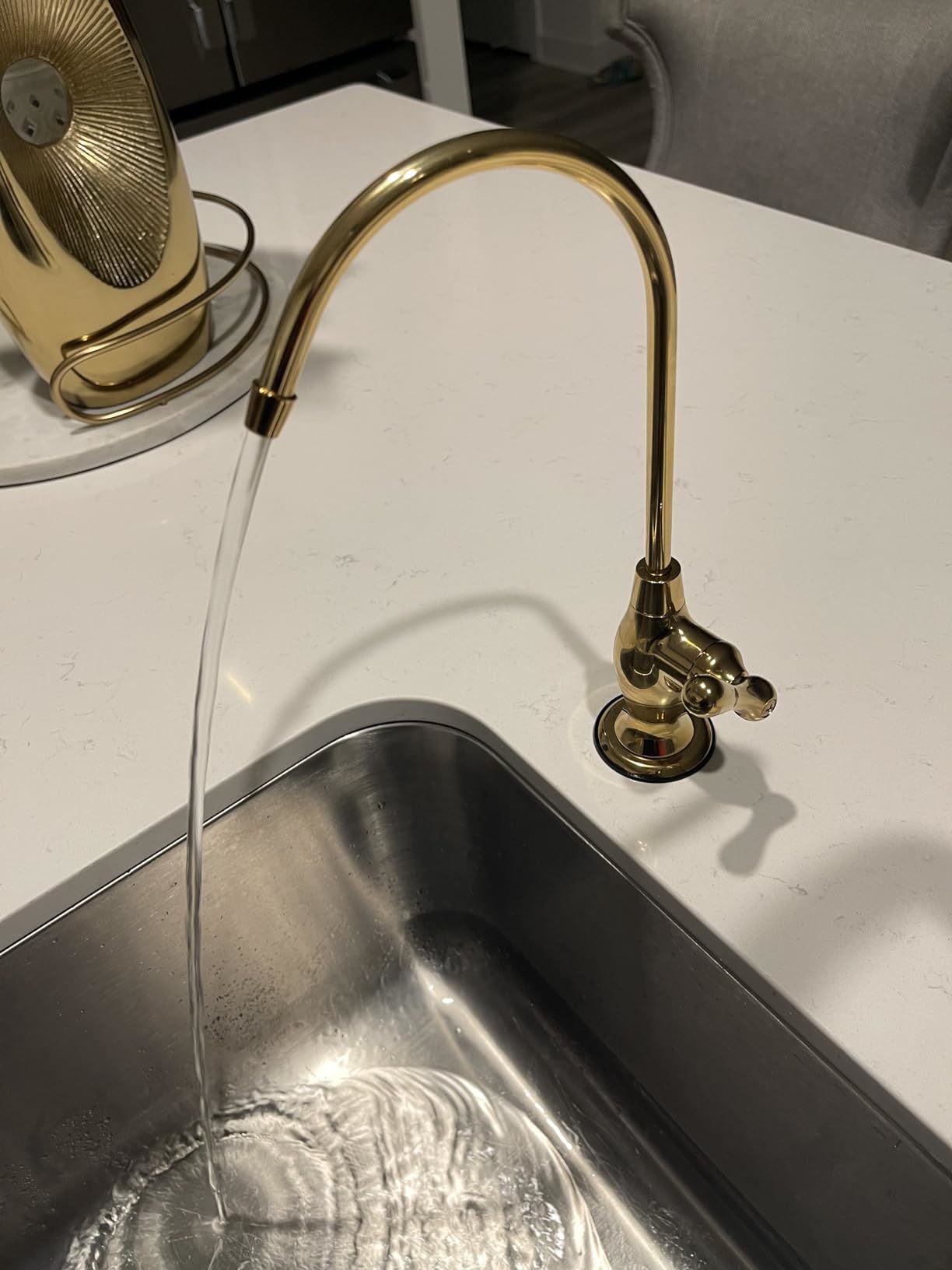The Hidden Dangers of Tap Water: A Complete Guide to Water Contamination
Table of Contents
Access to clean, safe drinking water is something many of us take for granted. Yet, behind the clear appearance of tap water lurks a hidden world of contaminants and health risks. Understanding the dangers of tap water is crucial for protecting your well-being and making informed choices about what you consume daily. This guide will explore the unseen threats in tap water, the associated health risks, and practical steps you can take to safeguard yourself and your family.
The Hard Truth About Drinking Tap Water
Many believe that if water comes out clear from the faucet, it must be safe to drink. However, the dangers of drinking tap water are often invisible to the naked eye. Tap water can contain a cocktail of harmful substances such as heavy metals, chemicals, and biological contaminants, each posing serious health risks.
Municipal water treatment plants work hard to filter and sanitize water, but their efforts don't always eliminate every hazard. Aging pipelines, outdated infrastructure, and agricultural runoff can reintroduce contaminants long after water leaves treatment facilities.
What Are the Risks of Chlorine in Drinking Water?
Chlorine is widely used to disinfect drinking water. While it effectively kills harmful bacteria and viruses, prolonged exposure to chlorine itself carries risks. Research indicates that consuming chlorinated water over time can lead to:
-
Increased risk of bladder and colorectal cancer
-
Respiratory problems, particularly for asthma sufferers
-
Skin irritation and dryness
Additionally, chlorine can react with organic matter in water to form disinfection byproducts (DBPs), such as trihalomethanes, which have been linked to liver, kidney, and central nervous system issues.
Understanding the risks of chlorine in your tap water can help you make informed choices about filtration and water quality testing.
What Are the Risks of Fluoride in Drinking Water?
Fluoride is added to public water supplies to promote dental health. However, excessive fluoride consumption is not without consequences. High levels of fluoride in drinking water have been associated with:
-
Dental fluorosis (discoloration and damage to teeth)
-
Skeletal fluorosis (joint pain and stiffness)
-
Potential neurological effects, including lower IQ scores in children
Although the practice of water fluoridation is endorsed by many health organizations, growing research calls for a closer examination of its long-term effects. Being aware of the risks of fluoride enables you to take steps to monitor your fluoride intake, especially if you live in an area with naturally high fluoride levels.
How Can You Protect Yourself from Drinking Water Contamination?
Protecting yourself from the hidden dangers of tap water starts with awareness and proactive measures. Here’s what you can do:
1. Install High-Quality Water Filters
Investing in a certified water filtration system can dramatically reduce your exposure to chlorine, fluoride, heavy metals, pesticides, and other contaminants.
2. Test Your Water Regularly
At-home water testing kits or professional testing services can reveal the presence and levels of common contaminants in your tap water.
3. Replace Filters on Time
Water filters lose their effectiveness over time. Always follow manufacturer guidelines to replace cartridges and filters promptly to maintain optimal protection.
4. Stay Informed About Local Water Quality
Check annual water quality reports from your local water supplier. Stay updated on any advisories or notices related to water contamination events in your area.
5. Schedule Routine Plumbing Maintenance
Old or corroded pipes within your home can leach harmful substances into your water supply. Regular inspections and maintenance can help prevent secondary contamination.
Conclusion: Taking Control of Your Water Safety
While public water systems aim to deliver safe drinking water, it's essential to recognize that tap water isn’t always free of hazards. Understanding the dangers of tap water empowers you to take control of your health by implementing simple yet effective protective strategies.
Whether it's by installing a filtration system, staying informed about your local water quality, or regularly testing your water, proactive steps can significantly reduce your exposure to harmful contaminants. Prioritizing clean water isn't just a lifestyle choice — it’s a vital investment in your long-term health.


